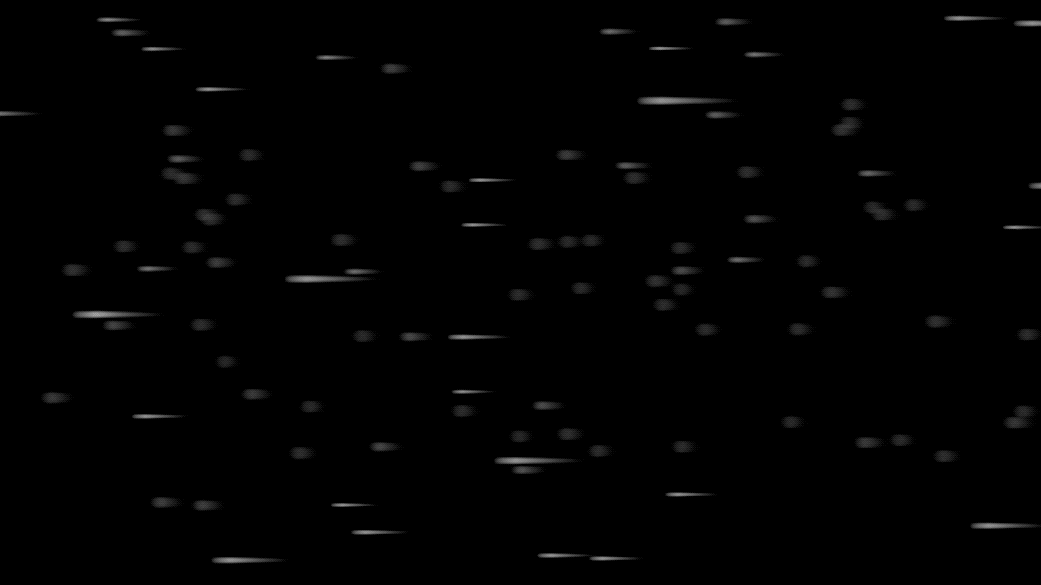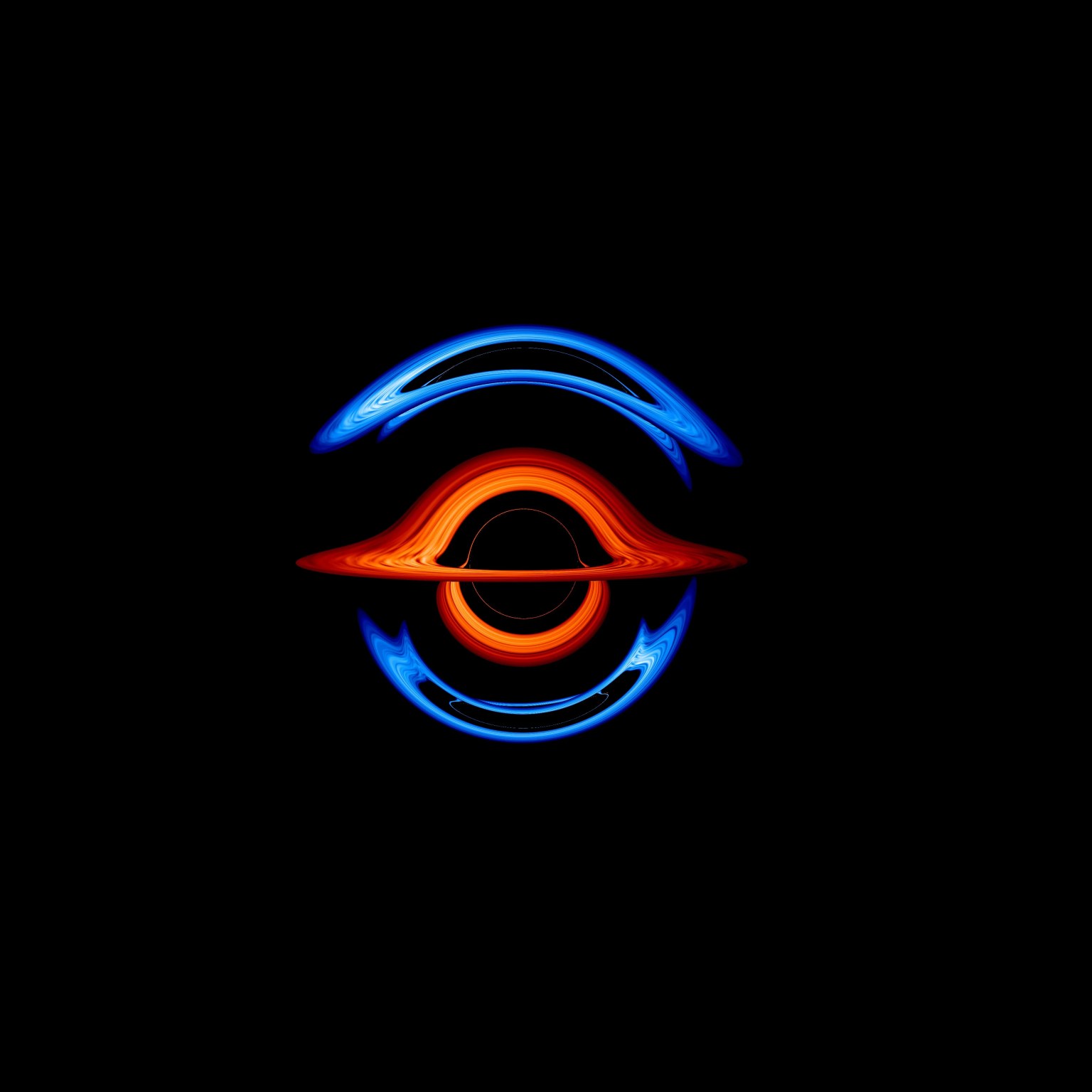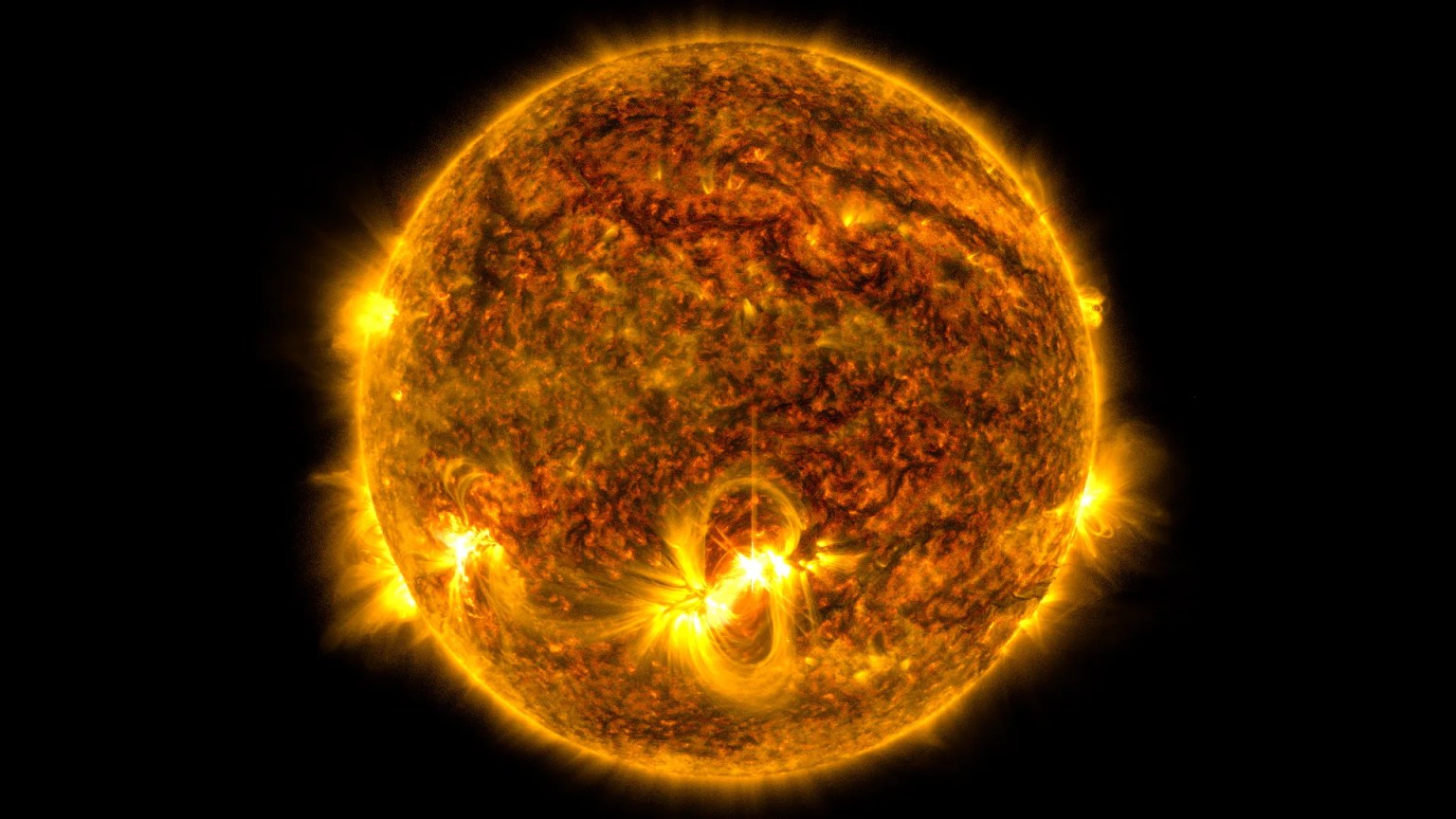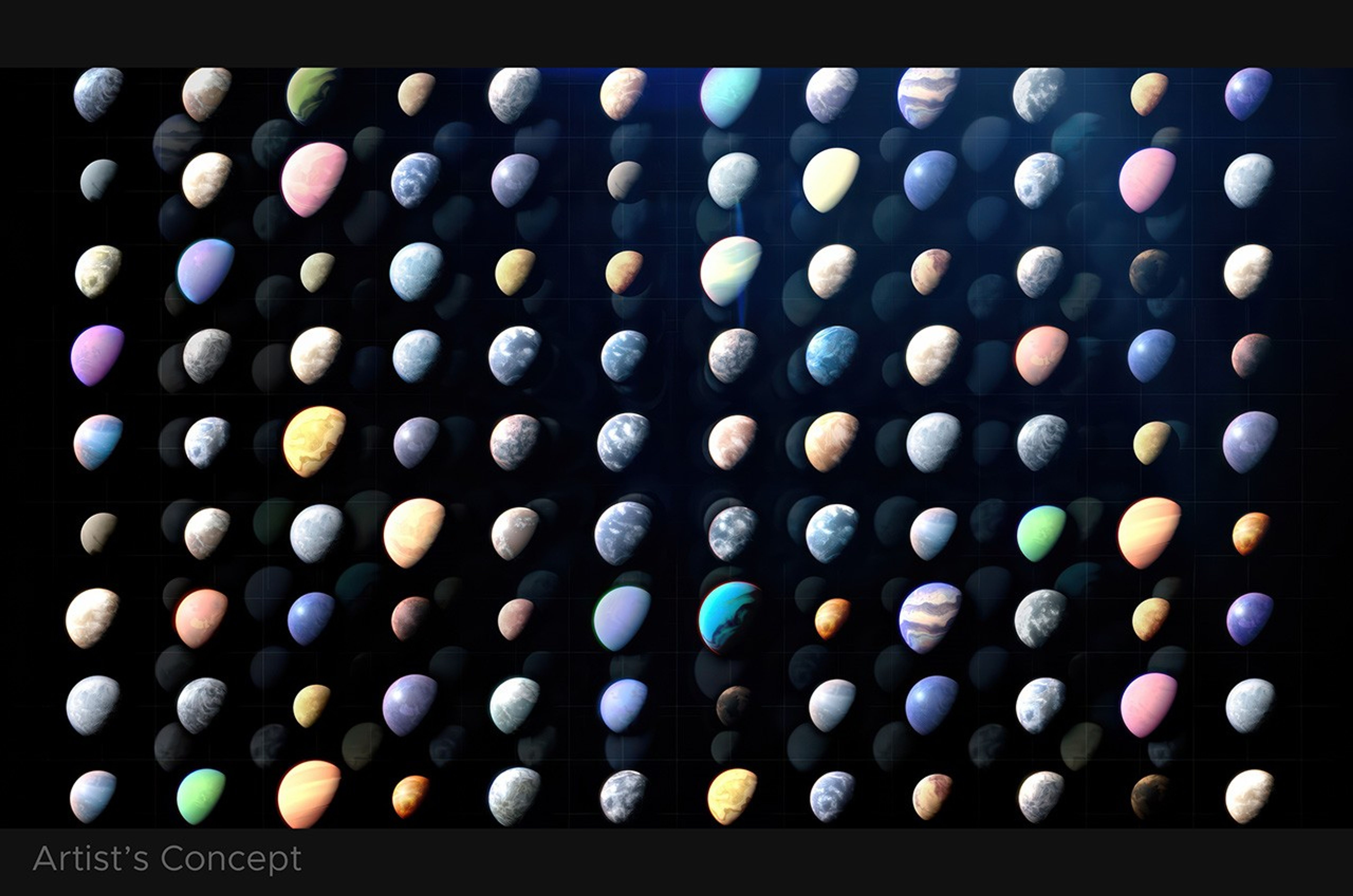It’s easy to get lost in fantasy worlds through science-fiction movies and novels, but did you know that some of your favorite fairy-tale characters actually exist in cosmic form? From dwarfs and giants to shape-shifters and buried treasure, the universe is home to a multitude of mystical objects.
White Dwarf Stars
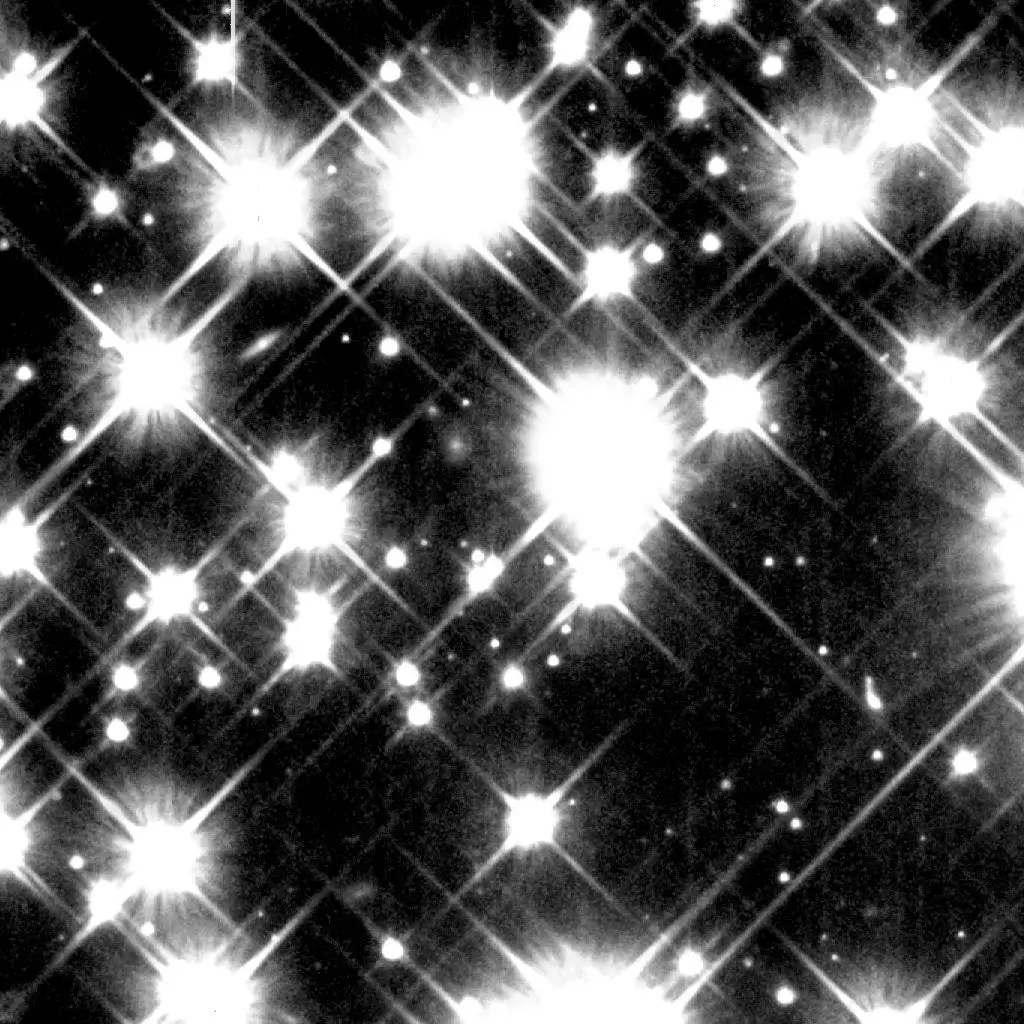
You’ve probably heard of dwarfs like Happy and Sneezy (or Gimli and Thorin), but it’s unlikely you’re familiar with the space-dwelling dwarfs with names like Sirius B and ASASSN-16oh. White dwarf stars like these are typically about the size of Earth, which is pretty small as far as stars go. They represent one of three final stages of stellar evolution, along with neutron stars and black holes. Each star’s original mass determines which one it will ultimately become. Stars much more massive than the Sun typically become neutron stars or black holes, and lower-mass stars end up as white dwarfs.
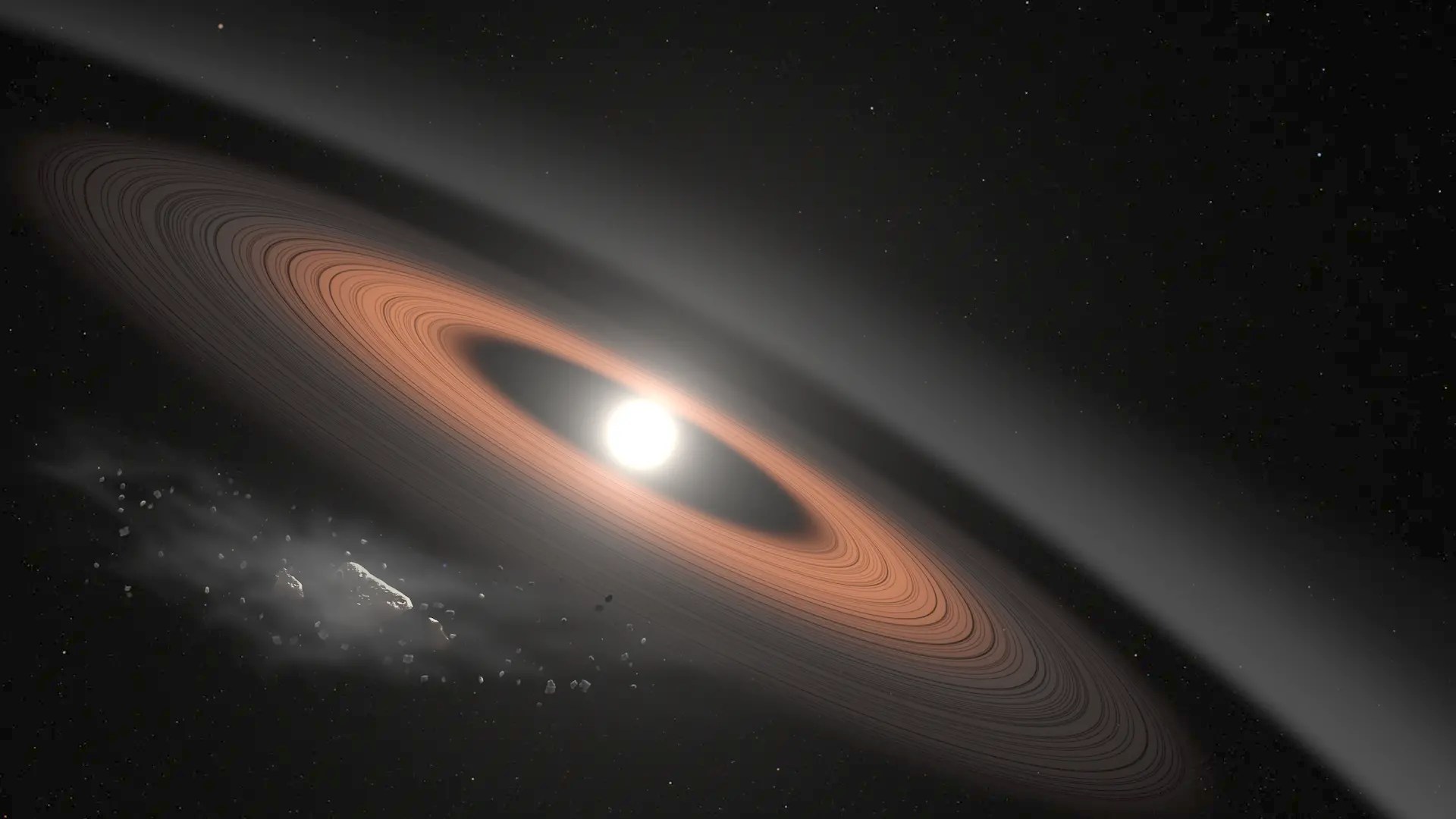
Our Sun will eventually become a white dwarf after it exhausts its fuel, but don’t worry – we’ve got several billion years to go! Before it is reduced to a white dwarf, it will expand into a red giant, swelling out to encompass Earth’s orbit. But we don’t have to wait billions of years to see stellar giants … some already peek out at us from the cosmic deep.
Giants and Supergiants
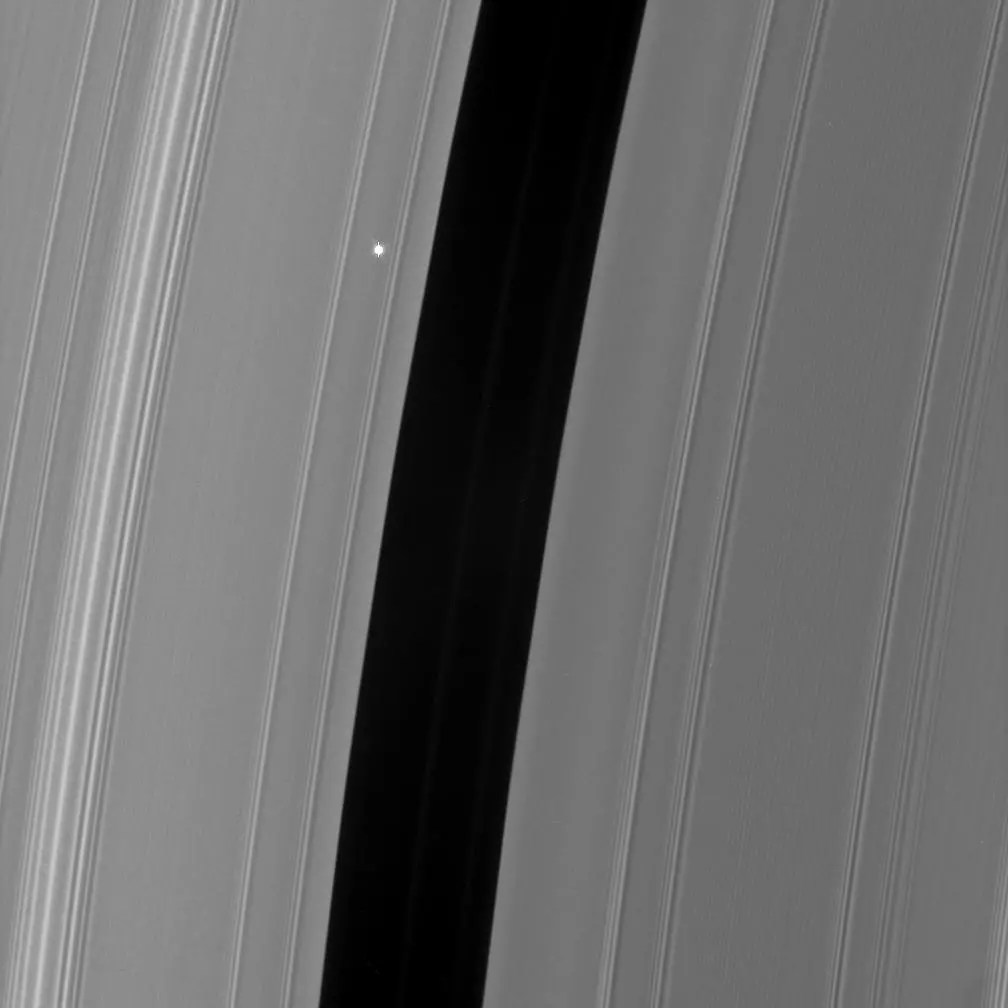
The red giant star Aldebaran, located about 65 light-years away, is about 5,000 times bigger than Earth. Our Cassini spacecraft imaged Aldebaran through Saturn’s rings in 2006, but you can see it for yourself during northern winter. Just look for the brightest star in the constellation Taurus.
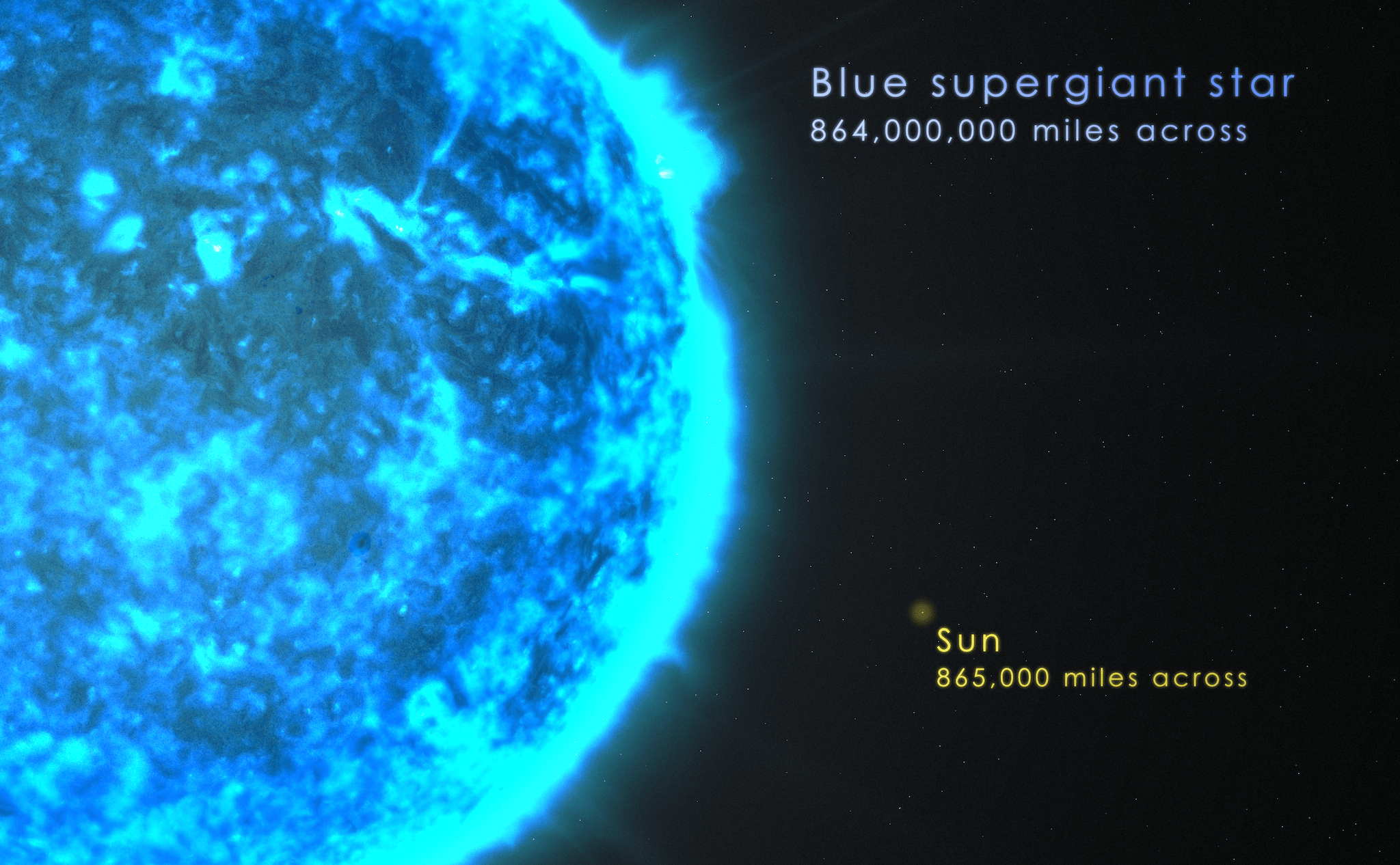
Fairy tale giants may be taller than trees, but these supergiant stars can be over 100,000 times “taller” than our entire planet! Supergiant stars are likely becoming more rare as time goes on. While scientists believe they used to be more common, our whole galaxy now contains just a small smattering of supergiants.
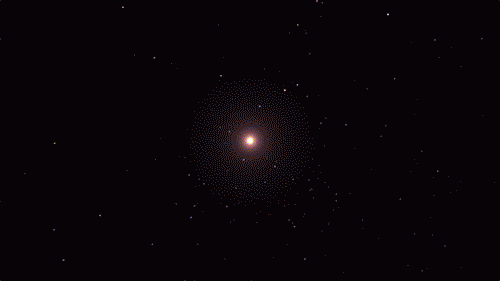
These massive stars grace the galaxy for a relatively small amount of time. They burn through their fuel extremely quickly – in just a few million years, as opposed to hundreds of billions of years for the smallest stars! Supergiants often end their lives in dramatic explosions called supernovae.
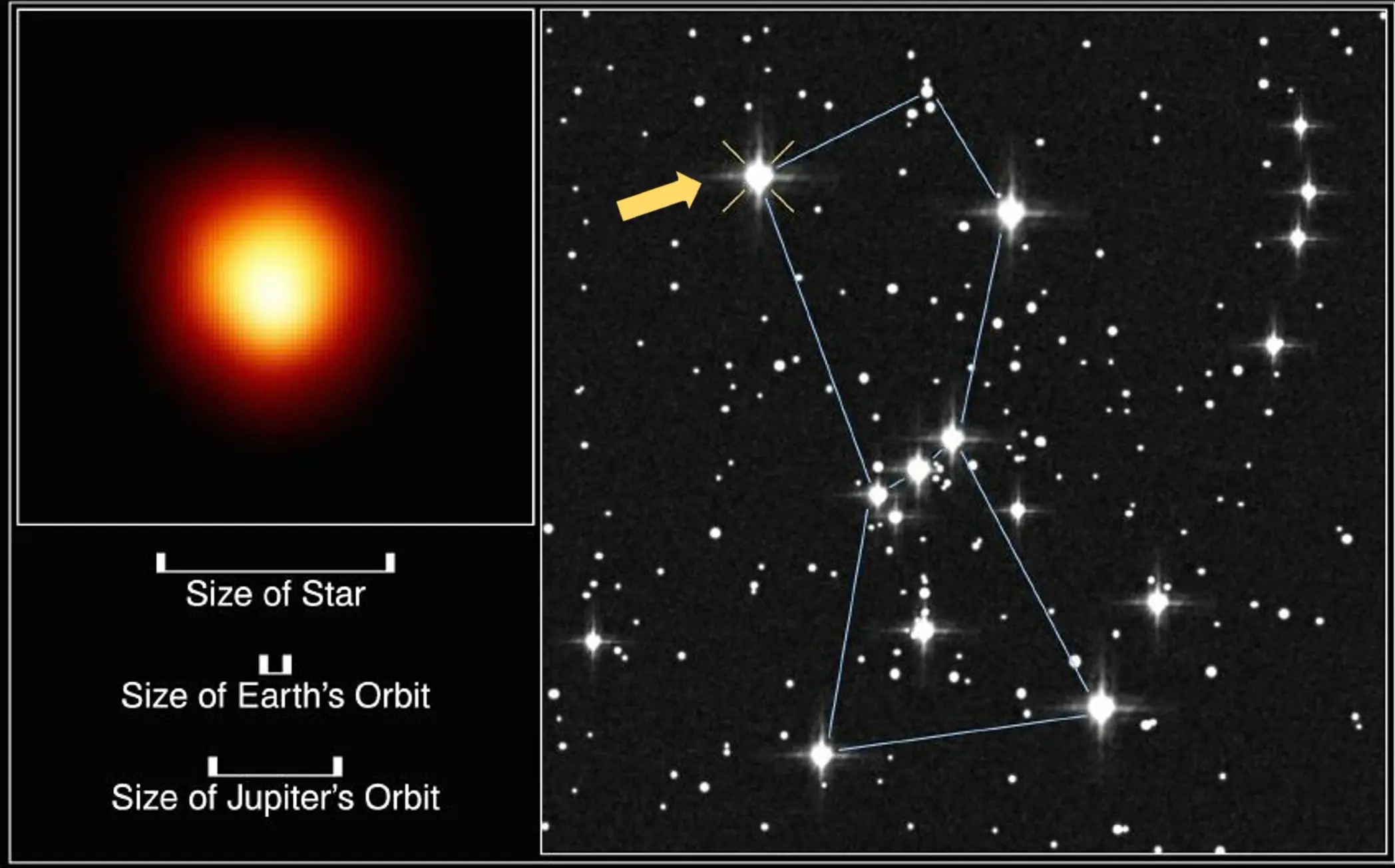
Betelgeuse – the bright, reddish star marking the shoulder of Orion – is nearing the end of its life and has expanded to become a red supergiant star. It is destined to explode as a supernova, which might happen tonight … or within the next few hundred thousand years.
Ghostly Solar Neutrinos
Even an average star like our Sun has some seemingly magical qualities. Each second, it sends billions of phantom-like neutrino particles out into space. They travel almost as fast as light and don’t usually interact with normal matter. Billions of them are zipping harmlessly straight through your body while you read this. Even at night they go through the entire Earth before reaching you!
But that’s not all … these ghostly particles are shape-shifters, too! Neutrinos can change characteristics over time, morphing between different versions of themselves. Scary!
Buried Treasure in the Heart of the Galaxy
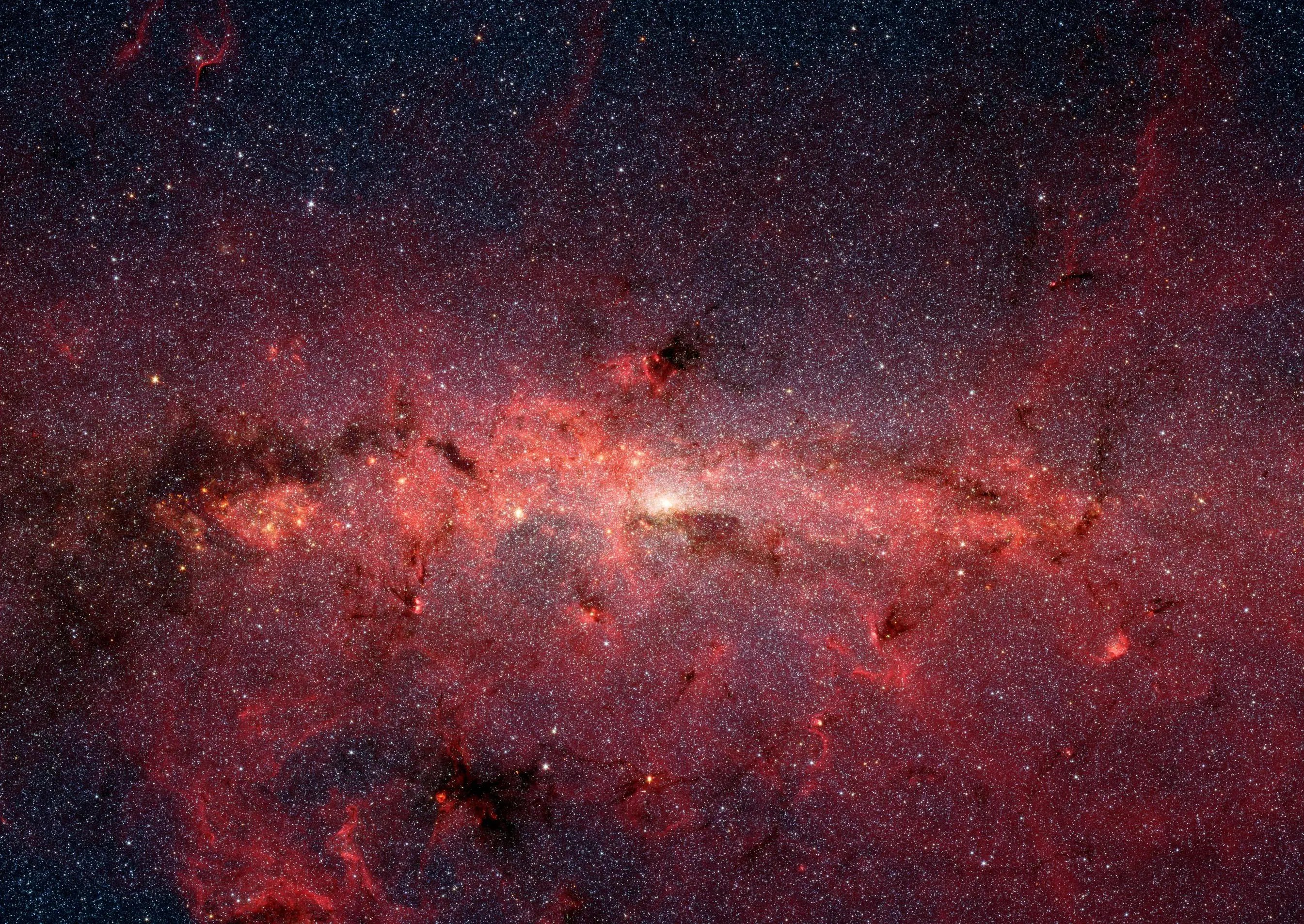
Extensive clouds of dust enshroud the heart of our Milky Way galaxy, hiding it from our view — at least when it comes to visible light. The dust isn’t as big a problem for infrared light, however, which has allowed us to get a glimpse of our galaxy’s chaotic core thanks to our Hubble and Spitzer space telescopes.
Future missions may peer into the galactic core in search of buried treasure — thousands of planets orbiting distant stars! It will be exciting to see what hidden gems we uncover next.



























